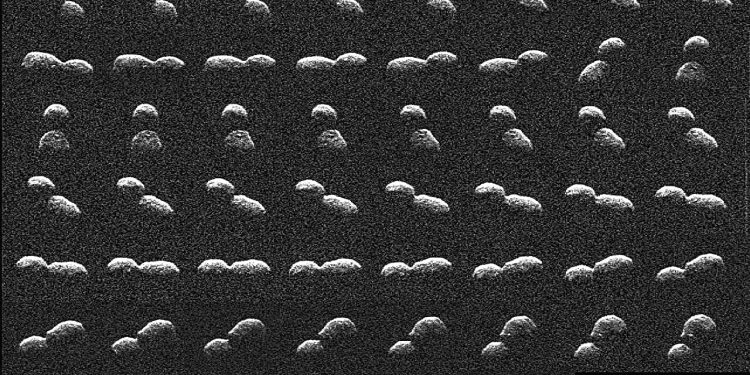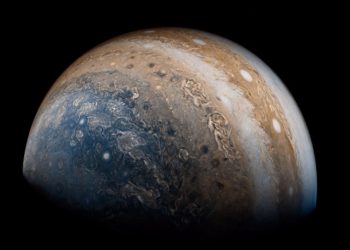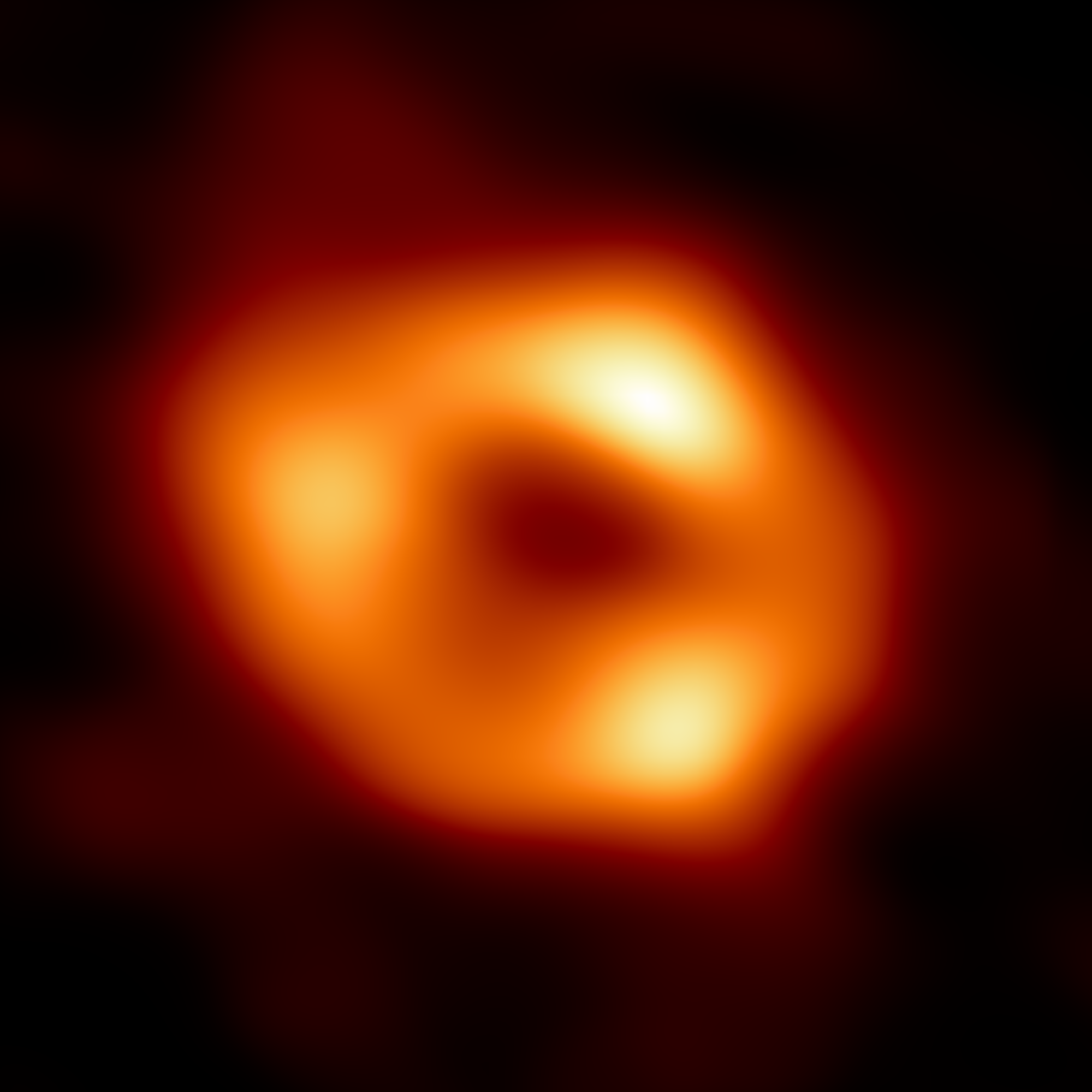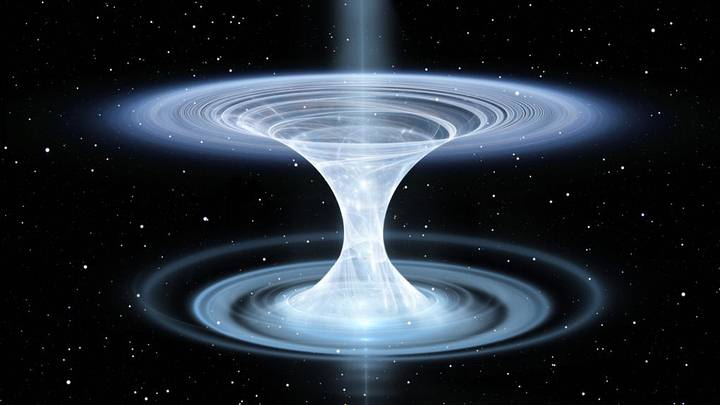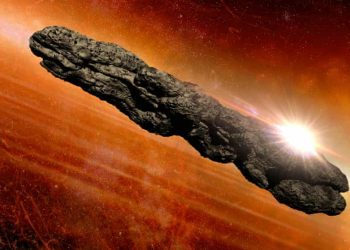NASA recently observed two uniquely shaped asteroids passing by Earth, both resembling oversized peanuts in their structure. These space objects, noted for their peculiar shapes, caught the attention of astronomers as they made relatively close approaches to our planet. These flybys provided valuable data about their composition and trajectory, further contributing to our understanding of near-Earth objects.
The most recent flyby occurred on September 16, 2024, when a near-Earth asteroid named 2024 ON passed within 1 million kilometers (approximately 621,000 miles) of Earth, which is about 2.6 times the distance between the Earth and the Moon.
A Peanut in Space: Asteroid 2024 ON
Radar images revealed that asteroid 2024 ON has a distinct peanut shape, which scientists determined is due to its structure as a contact binary—a celestial body made up of two smaller objects that are fused together. According to NASA, the asteroid’s two lobes are separated by a narrow “neck,” with one lobe about 50% larger than the other. In total, the asteroid spans about 350 meters (382 yards) in length.
The radar’s detailed resolution, capable of identifying surface features as small as 3.75 meters (12 feet), allowed NASA to detect brighter boulders scattered across the asteroid’s surface. NASA estimates that about 14% of asteroids in this size range, specifically those larger than 200 meters (660 feet), share this contact binary structure.
Asteroid 2024 JV33: Another Peanut-Like Encounter
Just a month prior, on August 18–19, 2024, another peanut-shaped asteroid, named 2024 JV33, made its approach. Slightly smaller than 2024 ON, this asteroid is about 300 meters (980 feet) long—roughly the height of the Eiffel Tower. Radar observations revealed a similar peanut-like shape, with one lobe larger than the other, and showed that the asteroid completes a full rotation every seven hours.
2024 JV33 passed Earth at a more comfortable distance of 4.6 million kilometers (2.8 million miles), approximately 12 times the distance between Earth and the Moon.
Both asteroids were studied using the Deep Space Network’s Goldstone Solar System Radar in California. Radar imaging is a powerful tool in planetary science, allowing astronomers to study nearby objects by bouncing radio waves off them and analyzing the signals that return. This technique, known as planetary radar, provides detailed insights into an object’s size, shape, rotation, and trajectory, which are critical for understanding their potential risks to Earth.
Patrick Taylor, head of the radar division at the National Radio Astronomy Observatory, explains, “When astronomers study light from stars or galaxies, they’re trying to infer properties from the light they capture. With radar, we control the signal, which lets us precisely measure the object we’re observing—such as its speed, shape, or whether it could pose a threat to Earth.”
Discovery and Monitoring of Near-Earth Objects
Asteroid 2024 ON was first detected on July 27, 2024, by the Asteroid Terrestrial-impact Last Alert System (ATLAS), a state-of-the-art system located on Mauna Loa in Hawaii. In contrast, asteroid 2024 JV33 was spotted earlier, on May 4, 2024, by the Catalina Sky Survey in Arizona.
NASA closely monitors near-Earth objects, particularly those that exceed 150 meters (492 feet) in diameter and come within 7.5 million kilometers (4.6 million miles) of our planet. These objects are classified as potentially hazardous asteroids, though neither 2024 ON nor 2024 JV33 is expected to pose any immediate threat.
While neither of these asteroids presents a danger now, their presence highlights the importance of planetary defense initiatives. As technology advances, systems like ATLAS and radar imaging will continue to play a crucial role in detecting and characterizing near-Earth objects, enabling scientists to respond effectively if an asteroid ever threatens Earth.



